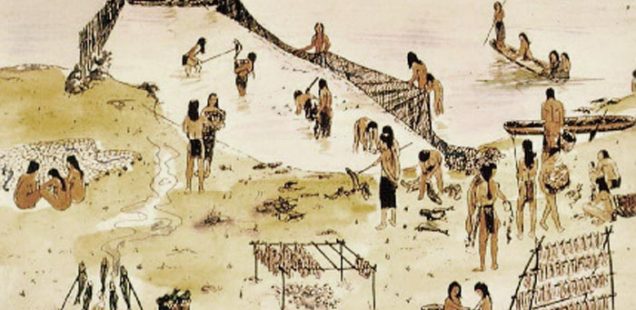
Local Native Influence
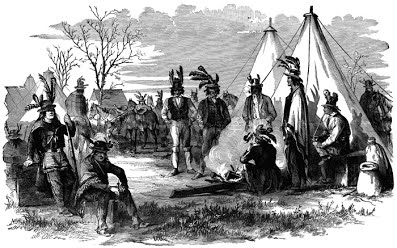
Local Native Influence
Have you ever wondered about the source of the name of a town you’ve traveled through or live in? The Pocono area was once rich in Native American culture. Much of the influence has disappeared. Although, there is the Pocono Indian Museum located at 7005 Milford Road in Bushkill that I would recommend. It’s small but it captures some of the history of the Lenape and local Delaware Gap Indian Tribes. They offer a very sweet gift shop. Check it out.
The Lenape also called the Lenni Lenape and the Delaware, are an indigenous people of the Northeastern Woodlands of the United States. They are also called Delaware Indians and their historical territory included present-day New Jersey and eastern Pennsylvania along the Delaware River watershed, New York City, western Long Island, and the Lower Hudson Valley.
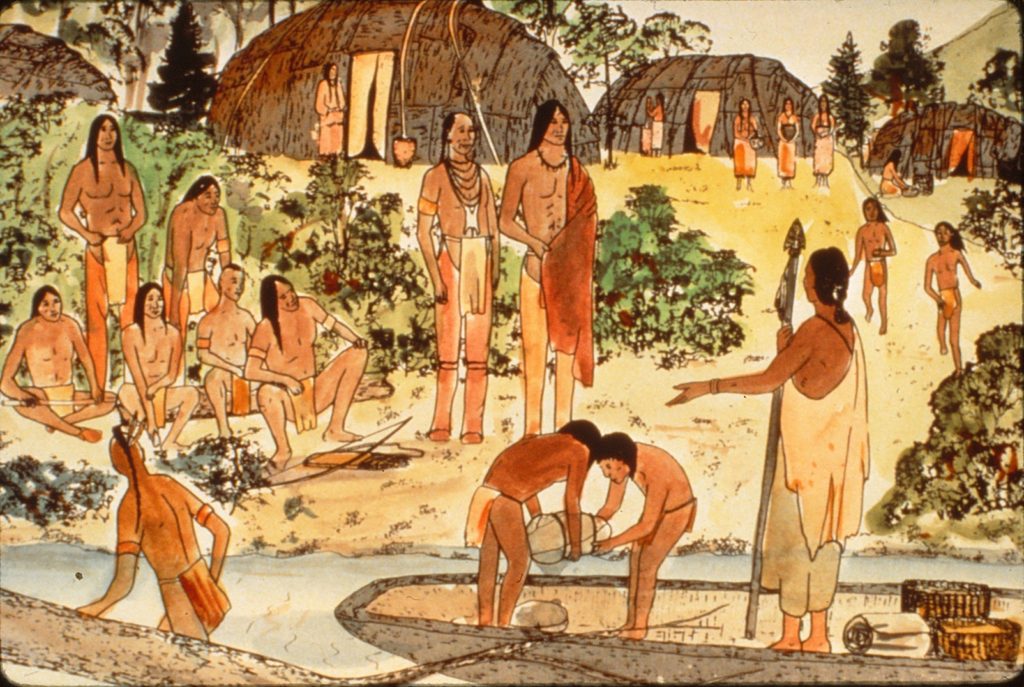
Delaware is a native name representing the most historic of the Algonkian tribes. It is derived from the Governor of the English colony at Jamestown, Lord De la Warre. The original name of the Delaware River was Lenapewihittuck, “River of the Lenape” and Kit-hanne, “great stream” which evolved into Kittatinny.

Shawnee is derived from Shawun, “south”, Schawanachen, “south wind”. The wandering Shawnee tribe connects them to the entire region east of the Mississippi.
Lackawaxen means, “where the two rivers meet.” Paupack, papeek is a “pond”. Wallenpaupack translates to “deep still water.” Tunkhannock is what the Delaware called a “small stream”
Mauch Chunk is derived from Machk, “a bear” and Wach-tschu “a hill or mountain”, translates to “at the bear mountain.” Pocono refers to “Stream” or “Place Between Mountains”
Other daily words in our vocabulary from the Algonquin include Chipmunk, “chitmunk,” from the Odawa word jidmoonh meaning “red squirrel.” Caribou from the word qalipu meaning “snow shoveler.” Hickory from pocohiquara meaning “milky drink made with hickory nuts.” Today hickory can refer to the tree, the finished wood, the nuts, or even the flavor. Raccoon comes from the word arahkun.
Some of the most beautiful native words come to us as stories…
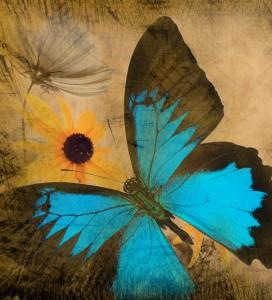
The Shoshone “Ladies Fancy Shawl Dance” Butterfly Legend
Many, many years ago when the Earth was still quite new, there was a beautiful butterfly who lost her mate in battle. To show her grief, she took off her beautiful wings and wrapped herself in a drab cocoon. In her sadness, she could not eat and she could not sleep and her relatives kept coming to her lodge to see if she was okay.
Of course she wasn’t, but she didn’t want to be a burden on her people so she packed up her wings and her medicine bundle and took off on a long journey. She wandered about for many days and months, until finally she had gone all around the world.
On her journey she kept her eyes downcast and stepped on each stone she came to as she crossed fields and creeks and streams. Finally, one day as she was looking down, she happened to notice the stone beneath her feet, and it was so beautiful that it healed her sorrow.
She then cast aside her cocoon, shook the dust from her wings, and donned them once more. She was so happy she began to dance to give thanks for another chance to begin her life anew. Then she went home and told The People about her long journey and how it had healed her.
To this day, The People dance this dance as an expression of renewal, and to give thanks for new seasons, new life, and new beginnings.
Happy Spring! Don your wings and get out there and dance!
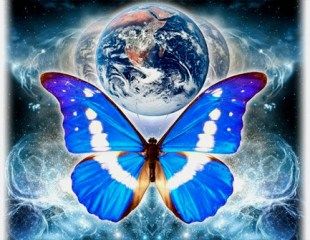
Follow us on Instagram and Facebook @PoconoSecrets Visit www.LAGuzda.com or www.PoconoSecrets.com for past articles.
